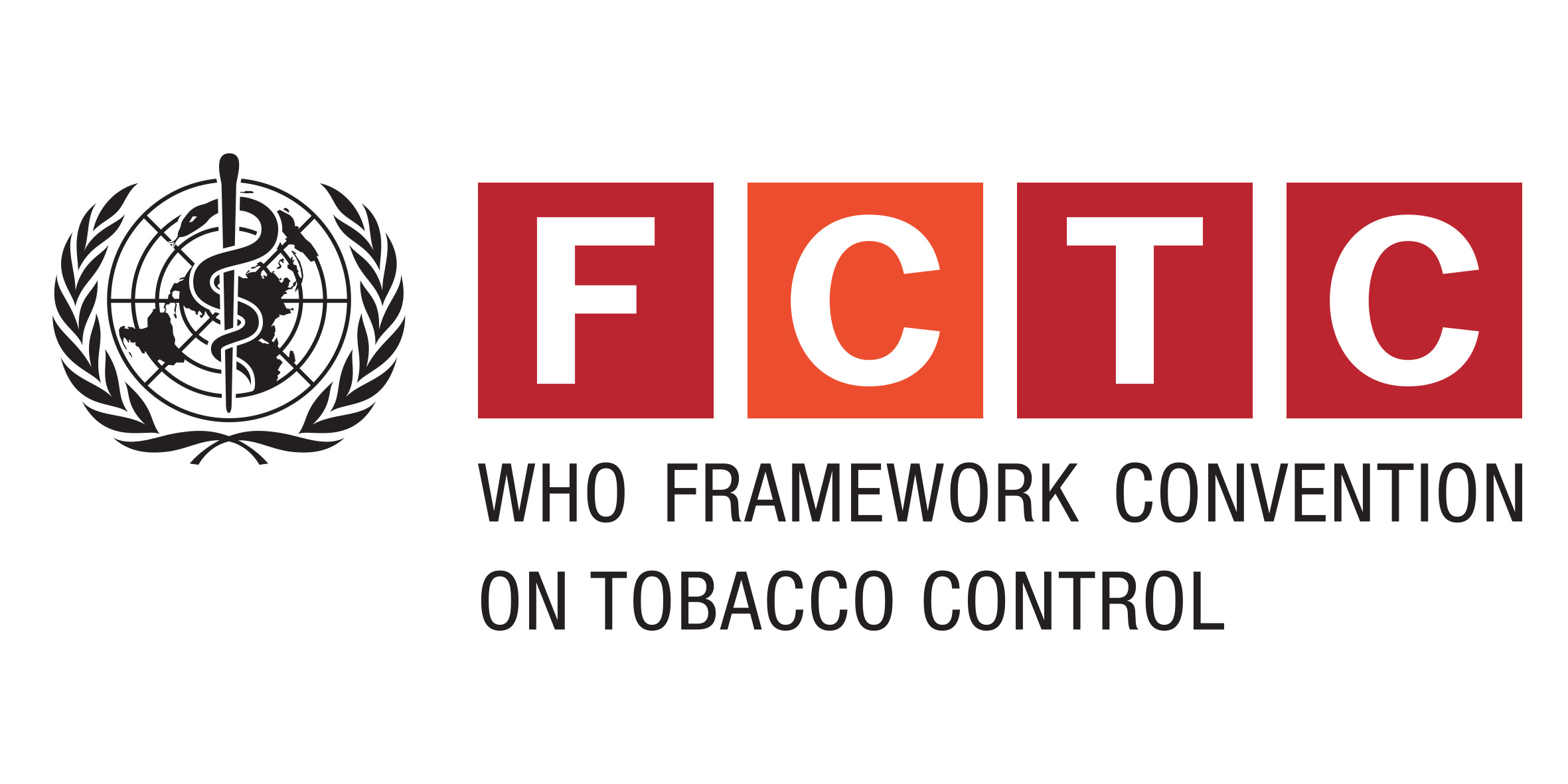Journal Article
Print(0)
Journal of food protection
J.Food Prot.
Apr
73
4
657
662
JID: 7703944; 0 (DNA, Bacterial); 0 (RNA, Ribosomal, 16S); ppublish
United States
0362-028X; 0362-028X
PMID: 20377953
eng
Journal Article; IM
Unknown(0)
20377953
The lactic acid bacteria community in traditional goat cheese produced in three dairies in Valsesia (Piemonte, Italy) was studied at different steps of the manufacturing process. These cheeses were produced from raw milk without starter bacteria, and no protocol was followed during the manufacturing process. Three hundred thirty-two isolates were characterized and grouped by results of both morphophysiological tests and random amplification of polymorphic DNA plus PCR analysis. Bacteria were identified by partial sequencing of the 16S rRNA gene. Lactococci were the dominant lactic acid bacteria in raw milk. Their initial numbers ranged from 5 to 7 log CFU ml(-1). Their levels increased during manufacturing and decreased during ripening. The growth trend for enterococci was comparable to that of lactococci, although enterococci counts were lower. Lactococcus lactis subsp. cremoris, Lactococcus garviae, and Enterococcus faecalis were the most frequently isolated species during goat cheese manufacturing, whereas the highest numbers of Enterococcus (E. faecium, E. durans, E. gilvus, and E. casseliflavus) were isolated with the greatest frequency from ripened cheese samples. Occasionally, Leuconostoc mesenteroides, Leuconostoc lactis, and Lactobacillus paraplantarum also were isolated.
Animals, Cheese/microbiology/standards, Colony Count, Microbial, DNA, Bacterial/analysis, Enterococcus/classification/growth & development/isolation & purification, Food Microbiology, Genotype, Goats, Humans, Industrial Microbiology, Italy, Lactobacillaceae/classification/growth & development/isolation & purification, Lactobacillus/classification/growth & development/isolation & purification, Lactococcus/classification/growth & development/isolation & purification, Leuconostoc/classification/growth & development/isolation & purification, Phenotype, Phylogeny, RNA, Ribosomal, 16S/analysis, Random Amplified Polymorphic DNA Technique, Species Specificity
Colombo,E., Franzetti,L., Frusca,M., Scarpellini,M.
Dipartimento di Scienze e Tecnologie Alimentari e Microbiologiche sez, Microbiologia Agraria Alimentare Ecologica, Universita degli Studi di Milano, Via Celoria, 2 201333 Milano, Italy.
http://vp9py7xf3h.search.serialssolutions.com/?charset=utf-8&pmid=20377953
2010

